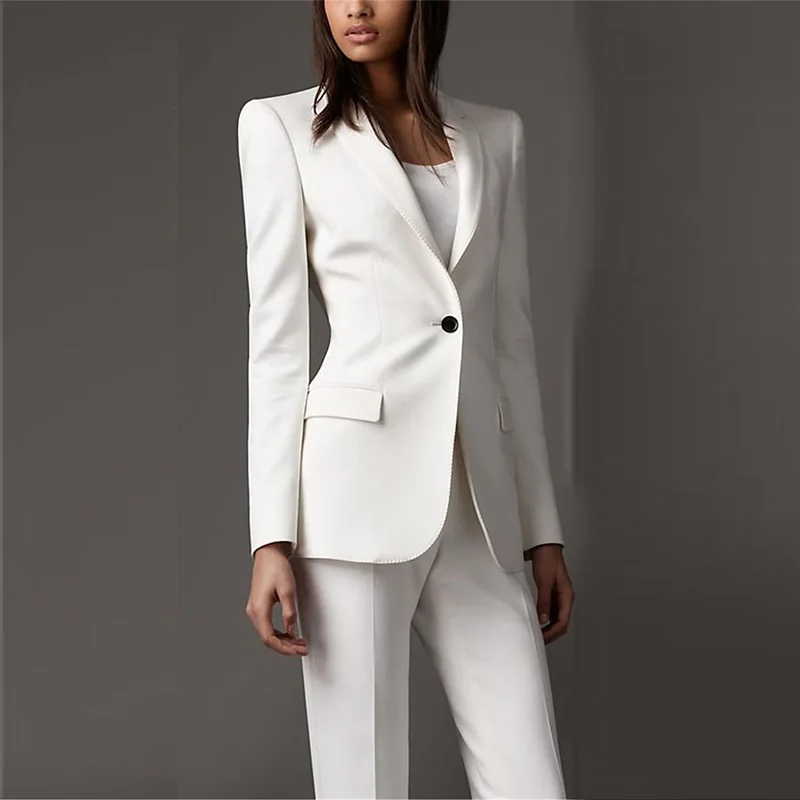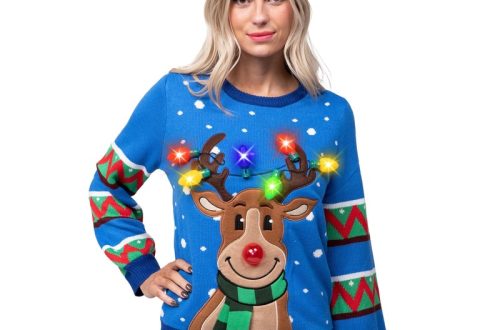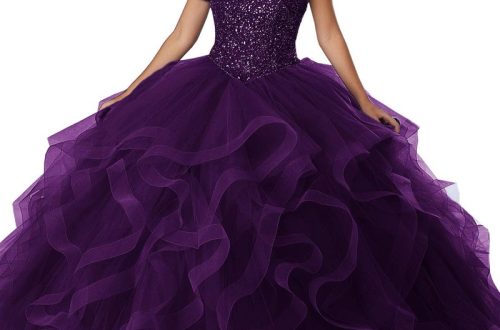Introduction
In today’s professional landscape, first impressions are crucial. One of the most reliable ways to project confidence and competence is through attire. A formal dress suit for women stands as a cornerstone of professional fashion, fusing style with functionality. These suits not only convey authority but also allow for personal expression within the confines of business attire.
Whether you’re attending an important meeting, presenting at a conference, or stepping into a job interview, a well-fitted formal dress suit can elevate your presence. Moreover, with a variety of styles to choose from, these suits can be worn across multiple settings, making them an essential addition to any professional wardrobe. This comprehensive guide will explore what constitutes a formal dress suit for women, the various types available, tips for selecting the right suit to flatter your body type, and how to style them effectively.
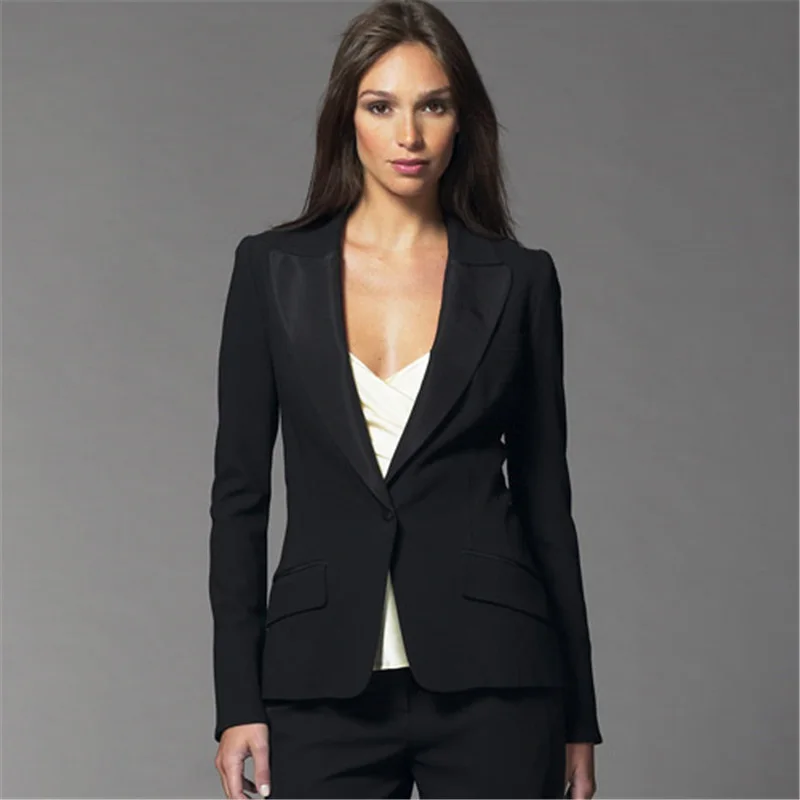
What is a Formal Dress Suit?
A formal dress suit for women is typically defined as a tailored outfit comprised of a blazer and matching bottoms, which can be either trousers or a skirt. The suit is designed to be versatile enough for various professional settings, offering women the option to express their individual style while adhering to dress codes.
Components of a Formal Dress Suit
1. Blazer: The blazer serves as the focal point of the suit. It achieves a polished and tailored look and is often structured with lapels, buttons, and pockets. Blazers can be single or double-breasted and come in various lengths and fits.
2. Trousers or Skirt: Women’s suits typically include matching trousers to create a unified look. Alternatively, many women opt for skirt suits, where the skirt can be either pencil-style or A-line. The choice between trousers and skirts often comes down to personal preference and comfort.
3. Variations: Modern suits may also include jumpsuits as an alternative. Jumpsuits have gained popularity for their chic and effortless style, catering to women who wish to make a fashion statement in a professional setting.
These components work together to create a tailored look that enhances a woman’s silhouette, ensuring she feels both comfortable and confident.
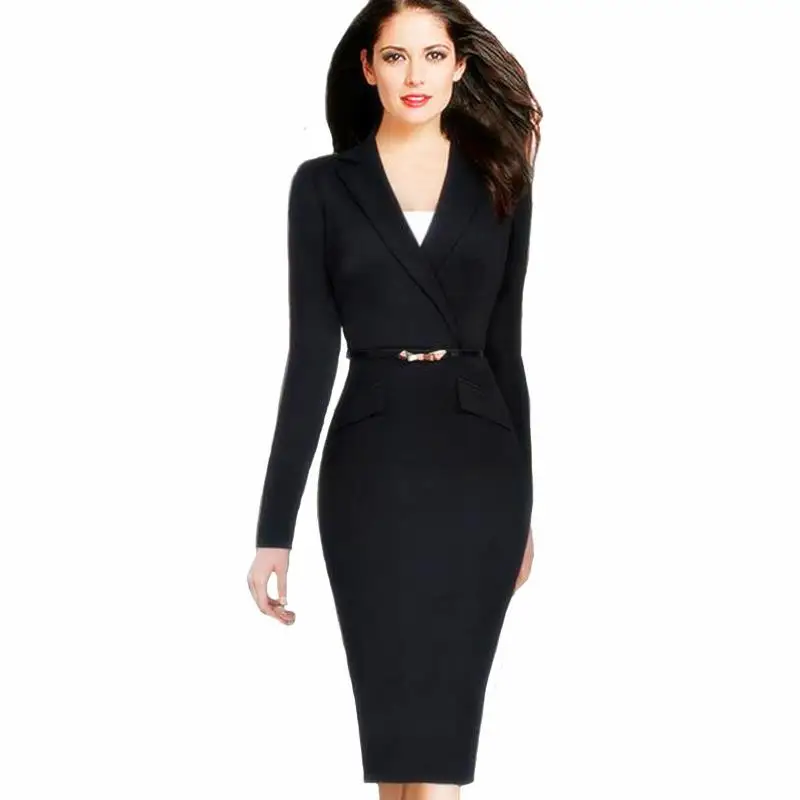
Types of Formal Dress Suits for Women
When it comes to selecting a formal dress suit for women, understanding the different styles available can help you find the perfect fit for your needs. Here’s a closer examination of various suit types:
1. Two-Piece Suits: The most traditional style, this consists of a matching blazer and either trousers or a skirt. The two-piece suit remains a favorite because of its versatility. Dress it up with heels for a sophisticated look, or style it more casually with loafers.
2. Skirt Suits: Skirt suits have regained popularity in recent years. They typically combine a tailored blazer with a pencil or A-line skirt. This classic style is feminine and can be paired with various tops, from blouses to fitted turtlenecks.
3. Pant Suits: Pant suits offer a modern twist. They are comfortable and functional, suitable for a range of professional situations. Choose between straight-leg, wide-leg, or cropped styles to match your personal preference.
4. Jumpsuits: As a contemporary alternative, jumpsuits bring an element of style and ease. They are available in tailored designs suitable for formal occasions. A well-fitted jumpsuit can be a chic option for those who want something different from a traditional suit.
5. Color and Fabric Choices: Formal dress suits come in a variety of colors and fabrics. Classic shades like black, navy, and gray are staples, but women can also find suits in bolder hues or interesting patterns, depending on current trends.
Understanding these types will allow you to make informed choices that align with your personal style and professional requirements.
Choosing the Right Suit for Your Body Type
Selecting the right formal dress suit is vital to ensuring comfort and style. Here’s how to choose a suit that flatters your body type:
1. Hourglass: If you have an hourglass figure, opt for a tailored suit that accentuates your waist. Fitted blazers that nip in at the waist are flattering and can be combined with high-waisted trousers or skirts.
2. Pear-Shaped: For those with a pear-shaped body, look for suits that emphasize the upper body. Choose blazers with interesting necklines or embellishments while opting for wider-leg trousers to balance your hips.
3. Apple-Shaped: If you have an apple-shaped figure, aim for suits that draw attention to your legs and flatter your midsection. Look for blazers with a peplum style, which can create a more defined waistline.
4. Rectangle: If your body is more of a rectangle shape, select suits that create curves. Blazers with ruffles or layered styles can add depth, while skirts with flares can help create a curvier silhouette.
5. Plus Size: For plus-size women, choose suits with flowy fabrics that provide comfort without clinging. Darker colors can be slimming, and ensuring a good fit is paramount for feeling confident.
Finding a suit that flatters your body type can enhance your overall appearance and self-esteem, particularly in professional settings.
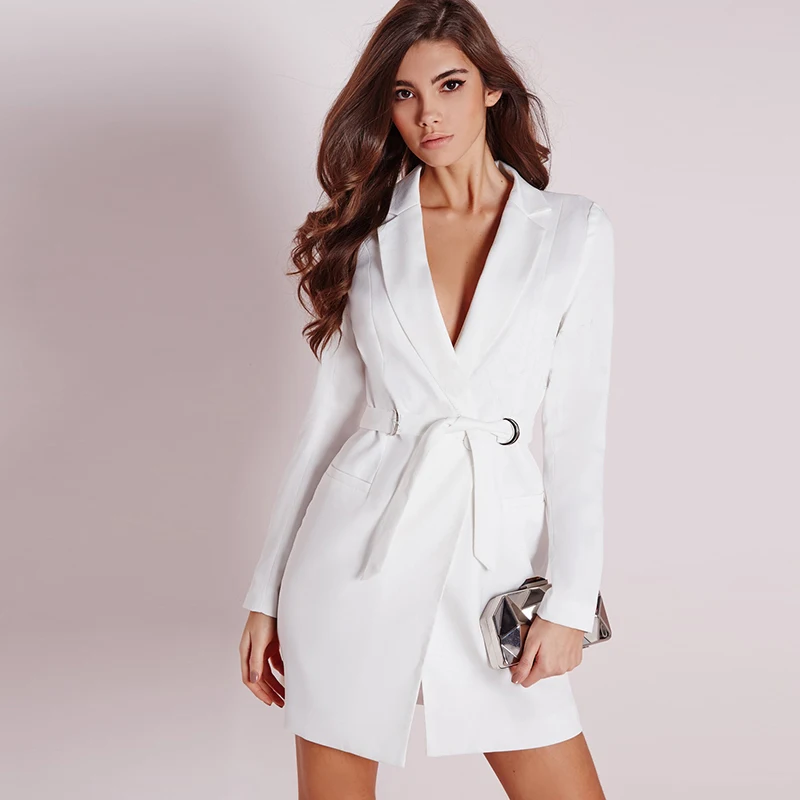
Current Trends in Women’s Formal Suits
The fashion world continually evolves, and women’s formal suits are no exception. Here are some of the latest trends:
1. Bold Colors: While classic neutrals remain staples, there is a growing trend towards bold colors. Emerald green, royal blue, and rich burgundy are gaining popularity and add flair to traditional suit fabrics.
2. Textured Fabrics: Tweed, corduroy, and velvet are making waves in formal wear. These textures add depth to suits, making them visually interesting without compromising sophistication.
3. Playful Patterns: Patterns such as plaids, checks, and even florals are being embraced in formal attire. These styles add a creative touch, allowing women to express their individuality while maintaining professionalism.
4. Sustainable Choices: More brands are focusing on sustainability, using eco-friendly fabrics and ethical sourcing. Conscious consumers are increasingly seeking out suits that align with their values.
5. Mixed Materials: Combining different fabrics and textures within a single suit is on the rise. For instance, pairing a structured blazer with softer, flowing trousers offers a stylish yet comfortable look.
By staying updated on trends, you can ensure that your wardrobe remains fresh and aligned with your personal style.
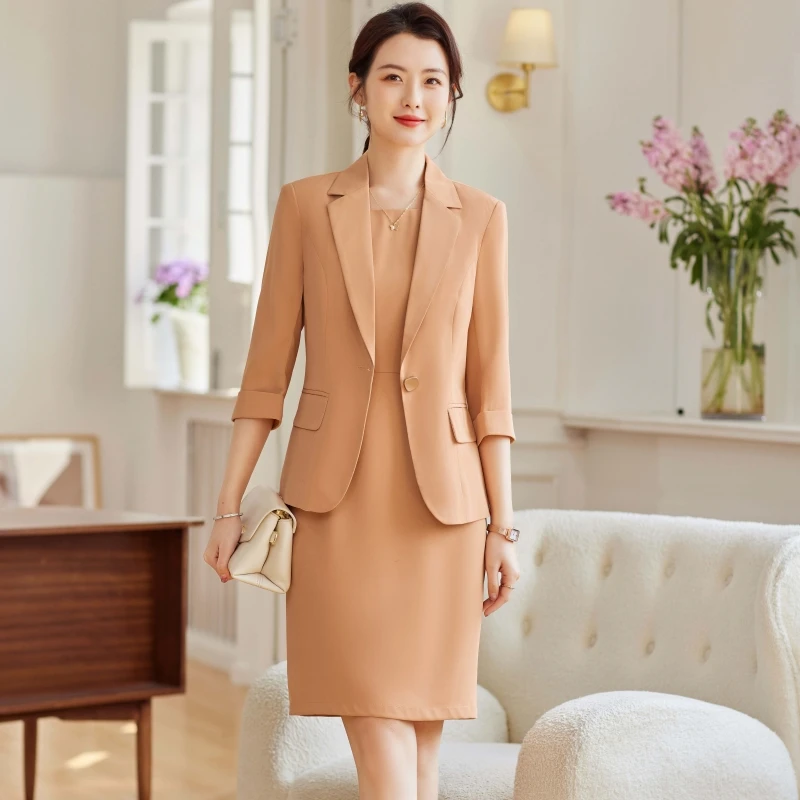
Styling Tips for Formal Dress Suits
Once you’ve selected the perfect formal dress suit for women, knowing how to style it effectively is essential. Here are some tips for accessorizing and wearing suits for various occasions:
1. Office Meetings: Pair your suit with a classic blouse or fitted turtleneck. Choose understated accessories, such as stud earrings and a chic watch. Opt for low-heeled pumps for maximum comfort.
2. Networking Events: For networking, make a statement without being overly flashy. Consider a bold-colored suit with a simple white top and striking earrings. A structured handbag can complete your look while adding professionalism.
3. Interviews: When interviewing, exemplify confidence with a tailored suit that makes you feel empowered. Stick to classic colors like navy or gray and select minimal but elegant accessories.
4. Casual Fridays: If your workplace permits casual attire on Fridays, you can pair a blazer with fitted jeans and a simple top. This combination maintains a professional edge but allows for a more laid-back vibe.
5. Evening Events: For special occasions, switch out the blouse for a stylish camisole. Add statement jewelry and strappy heels to bring the suit to life. Opting for a jumpsuit version can also provide a chic alternative for evening events.
By employing these styling tips, you can transform a basic suit into a standout outfit tailored to any occasion.
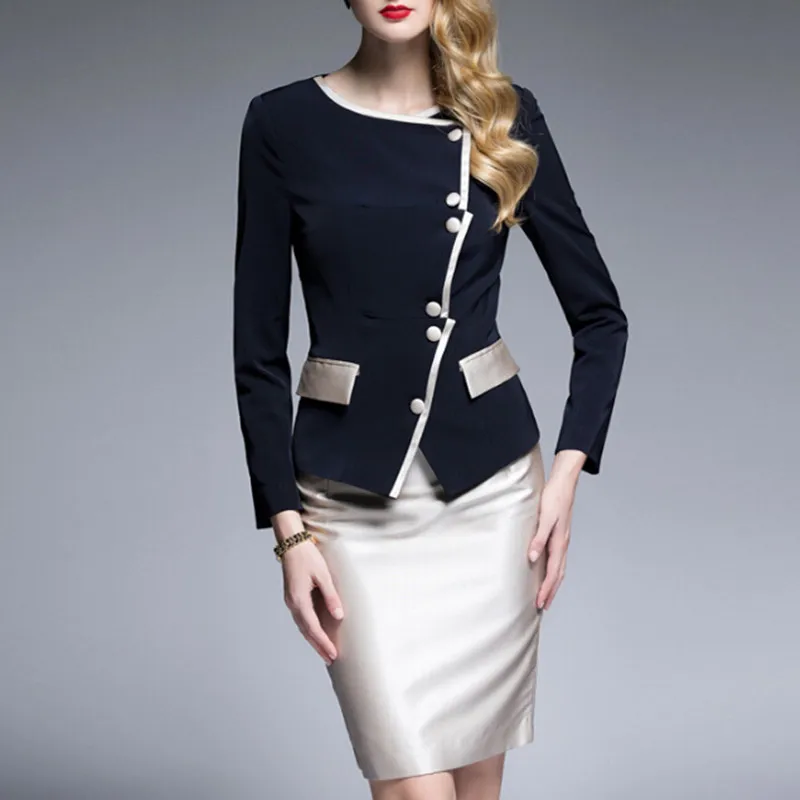
Caring for Your Suit
Proper maintenance of your formal dress suit ensures longevity and keeps it looking sharp. Here are practical suggestions for care and upkeep:
1. Dry Cleaning: Most formal suits require dry cleaning to maintain their shape and fabric quality. Check the care label for specific instructions and frequency recommendations.
2. Storing: Hang your suits on padded hangers to preserve their shape. Ensure they are placed in a well-ventilated area free from moisture and direct sunlight to prevent fading.
3. Travel Care: When traveling, use a garment bag to protect your suit. If you need to pack it, roll the suit rather than folding to minimize wrinkles.
4. Immediate Treatment: If you spill something on your suit, act quickly. Blot the stain with a clean cloth; don’t rub, as this could spread the stain.
5. Regular Checks: Inspect your suit regularly for loose threads or minor repairs. Attending to these details promptly will preserve your suit’s overall appearance.
By following these care tips, you can extend the life of your formal dress suit, ensuring it remains a staple in your wardrobe for years to come.
Conclusion
In conclusion, the formal dress suit for women is an essential element of any professional wardrobe. With various types and styles available, finding the right suit can empower you, providing confidence in work and formal settings. Understanding body shapes, current trends, and styling options allows you to choose a suit that not only looks great but also feels good.
Investing in a quality suit can elevate your professional appearance and help you make a lasting impression. Explore your options and consider adding a well-fitted formal dress suit to your collection today. With the right suit, you’re not just wearing fabric; you’re expressing confidence and intent. Happy shopping!
